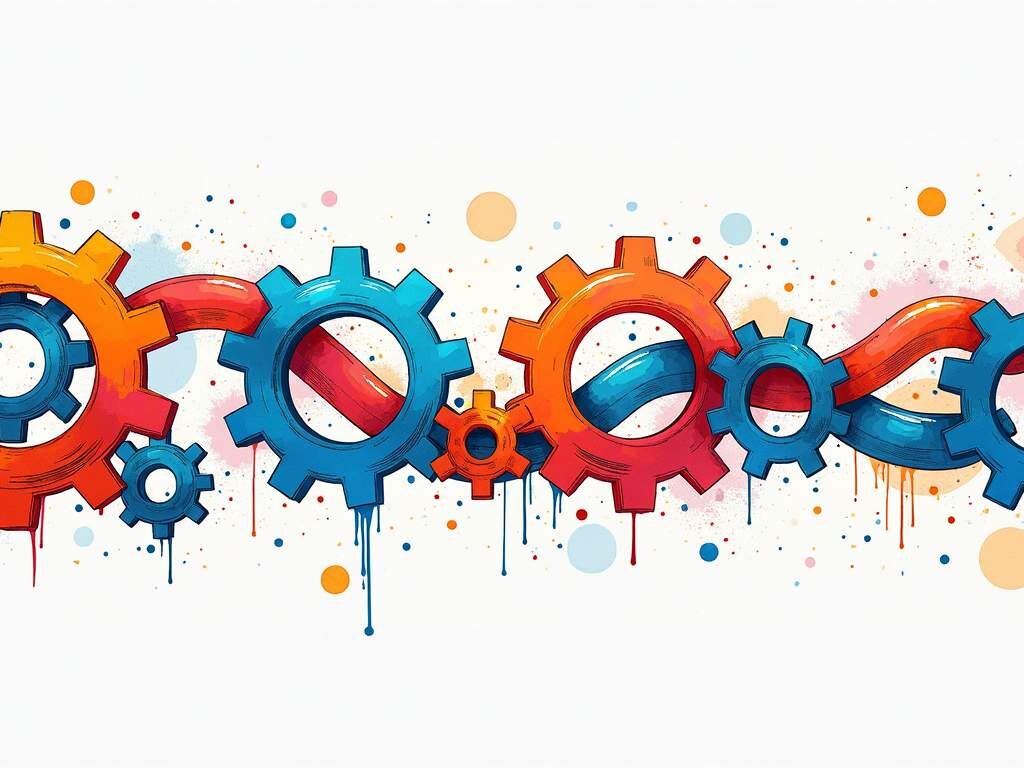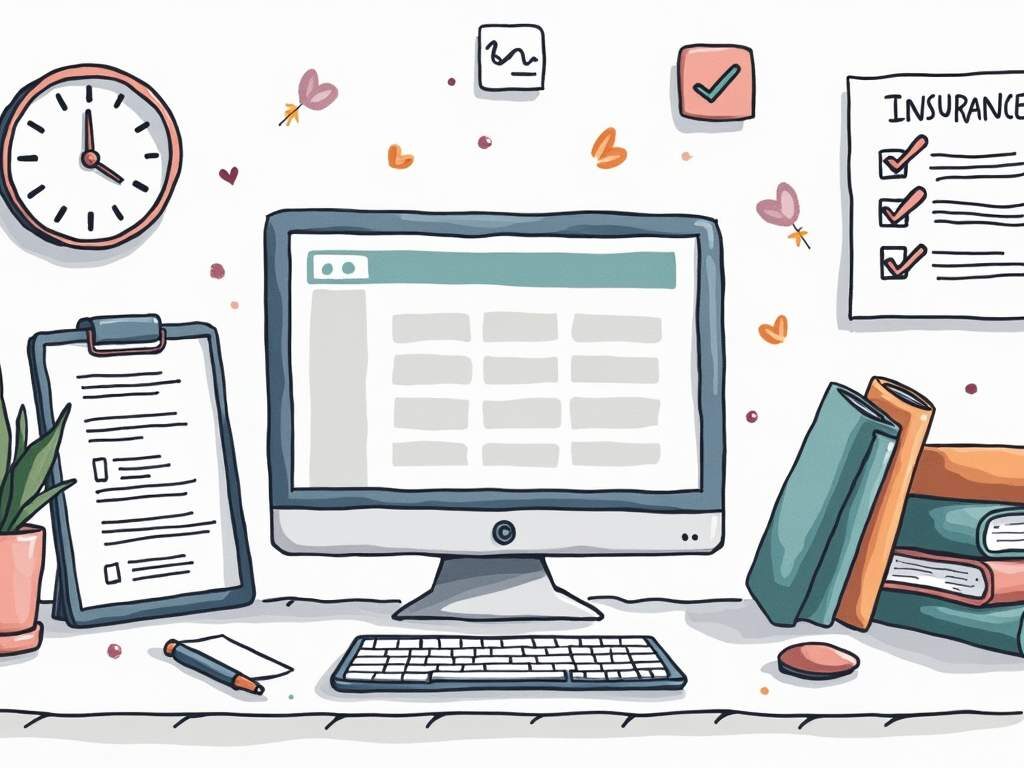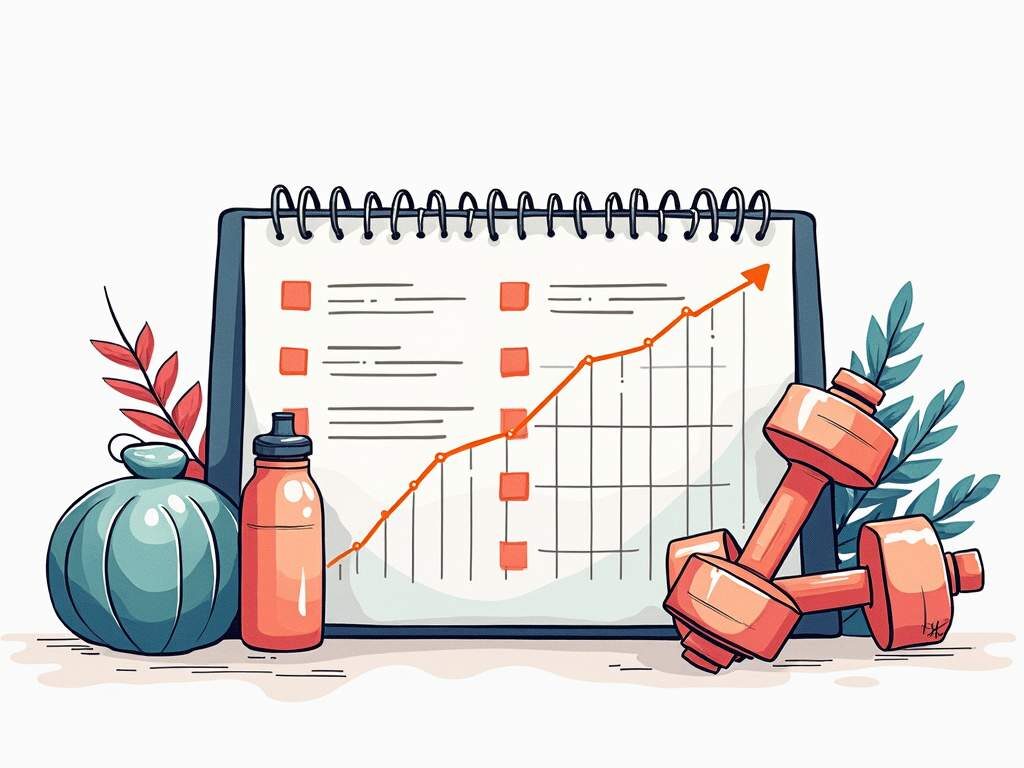Event planning is like juggling chainsaws while riding a unicycle—exciting, rewarding, but potentially overwhelming if you lose focus for even a second. Between coordinating vendors, managing guest expectations, and putting out the inevitable fires that pop up, it’s easy to feel like your attention is being pulled in a dozen different directions. But don’t worry! With the right focus techniques and tools, you can stay on top of everything without losing your mind (or your smile).
Why Focus Matters in Event Planning
Let’s face it—event planning requires superhuman levels of attention to detail. Miss one email from the caterer, forget to confirm the DJ’s arrival time, or overlook a guest’s severe allergy, and your perfectly planned event can quickly spiral into chaos. The ability to maintain focus isn’t just nice to have; it’s essential for success in this industry.
The average event planner juggles communication with 15-20 vendors for a medium-sized event, manages hundreds of guest-related details, and makes approximately 150 decisions per day during peak planning periods. With numbers like these, scattered attention is a recipe for disaster.
The Cost of Distraction
Studies show that after being interrupted, it takes an average of 23 minutes to get back to the same level of focus you had before. For event planners, those interruptions can add up to hours of lost productivity each day. Every time you switch from the venue contract to answer a client text, then jump to your email to respond to the florist, you’re not just dividing your time—you’re fracturing your focus and effectiveness.
Time Blocking Techniques for Event Pros
One of the most effective ways to maintain focus is through strategic time blocking. Rather than responding to every notification as it comes in, designate specific times for different planning activities. This approach transforms your scattered day into productive chunks of focused work.
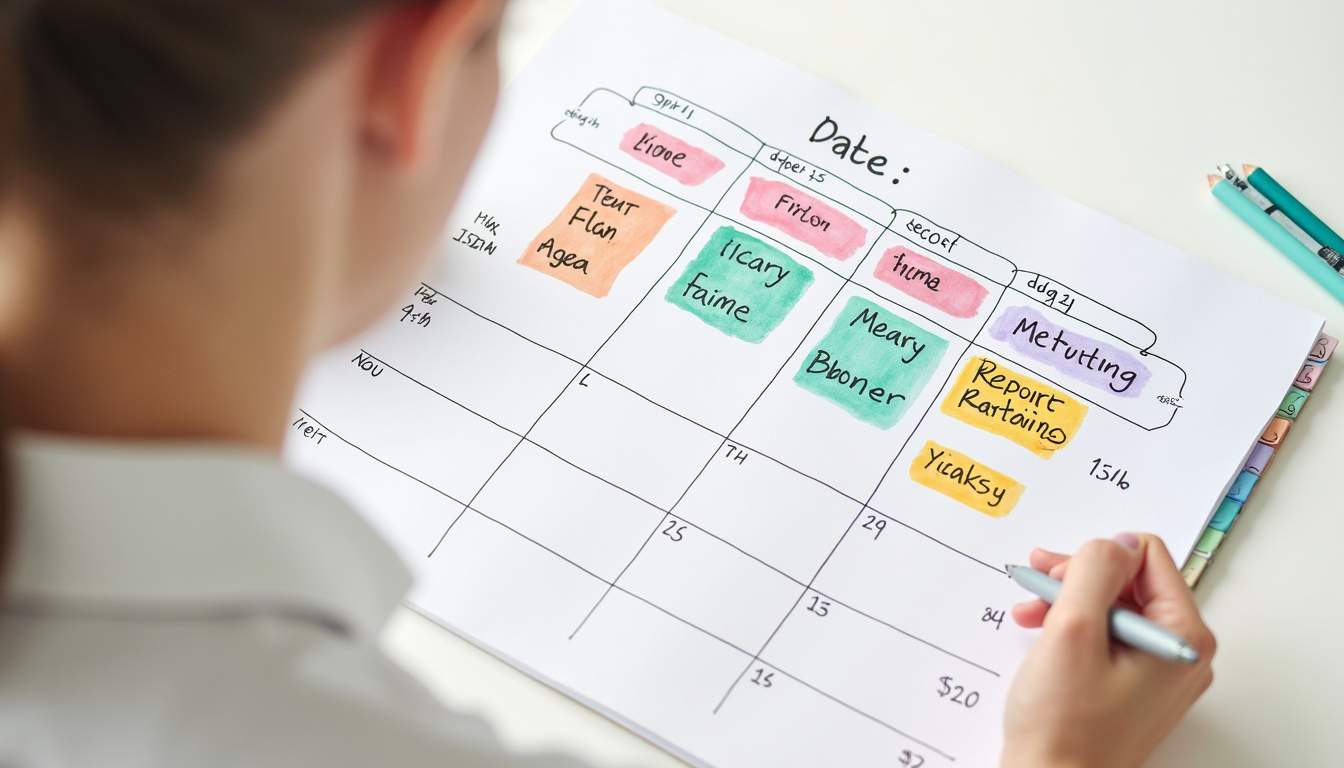
The Pomodoro Technique with Focus Keeper
The Pomodoro Technique is a game-changer for event planners, and the Focus Keeper app makes implementing it a breeze. The concept is simple: work intensely for 25 minutes, then take a 5-minute break. After four cycles, take a longer 15-30 minute break. Focus Keeper tracks these intervals for you with pleasant sounds that won’t disrupt your workflow.
For event planning specifically, try using each Pomodoro session to focus on one vendor or aspect of your event. For example, dedicate one 25-minute session entirely to finalizing menu details with the caterer, another to reviewing and responding to RSVPs, and a third to confirming timeline details with your venue coordinator. Focus Keeper’s customizable timer lengths also let you adjust for tasks that might need more or less time.
Vendor Communication Blocks
Instead of being at the mercy of vendor calls and emails throughout the day, establish dedicated “vendor communication hours.” Let your team know you’ll be checking and responding to messages at specific times (perhaps 10-11am and 3-4pm). This boundary allows you to focus deeply on other tasks without constant interruption.
Pro tip: Use Focus Keeper’s timer to keep these communication blocks on track. It’s easy to get sucked into an hour-long email session when you only planned for 30 minutes!
Client Meeting Prep Sessions
Client meetings deserve your full attention and preparation. Block off 45 minutes before each client meeting to review their file, prepare discussion points, and get into the right headspace. Focus Keeper can help you maintain intensity during this prep time, ensuring you walk into every client interaction fully prepared and present.
Digital Organization Systems That Reduce Mental Load
Half the battle of staying focused is reducing the mental load of keeping track of everything. The right digital systems can be game-changers for maintaining focus.
Centralized Vendor Management
Create a master vendor document or use planning software that allows you to see all vendor information, contracts, payment schedules, and communication history in one place. This eliminates the mental drain of searching through emails or wondering if you’ve forgotten something important.
When using Focus Keeper for deep work sessions, having this centralized system means you can quickly access everything you need about a particular vendor without going down the rabbit hole of searching through disorganized files.
Physical Environment Optimization
Your physical workspace dramatically impacts your ability to focus. Even if you’re often on the go, creating focus-friendly environments can make a huge difference in your productivity and stress levels.
Mobile Office Essentials
Since event planners are frequently working from venues, client offices, or coffee shops, create a “mobile focus kit” that travels with you. This might include noise-canceling headphones, a portable phone stand to reduce neck strain, a notebook for quick notes, and your phone loaded with Focus Keeper to maintain your time blocking schedule no matter where you are.
Having these consistent tools creates focus triggers that tell your brain it’s time to concentrate, even when your physical environment changes throughout the day.
Managing Client and Guest Communications
Nothing derails focus like the constant ping of messages from excited (or anxious) clients and guests. Creating systems to manage these communications efficiently is crucial.
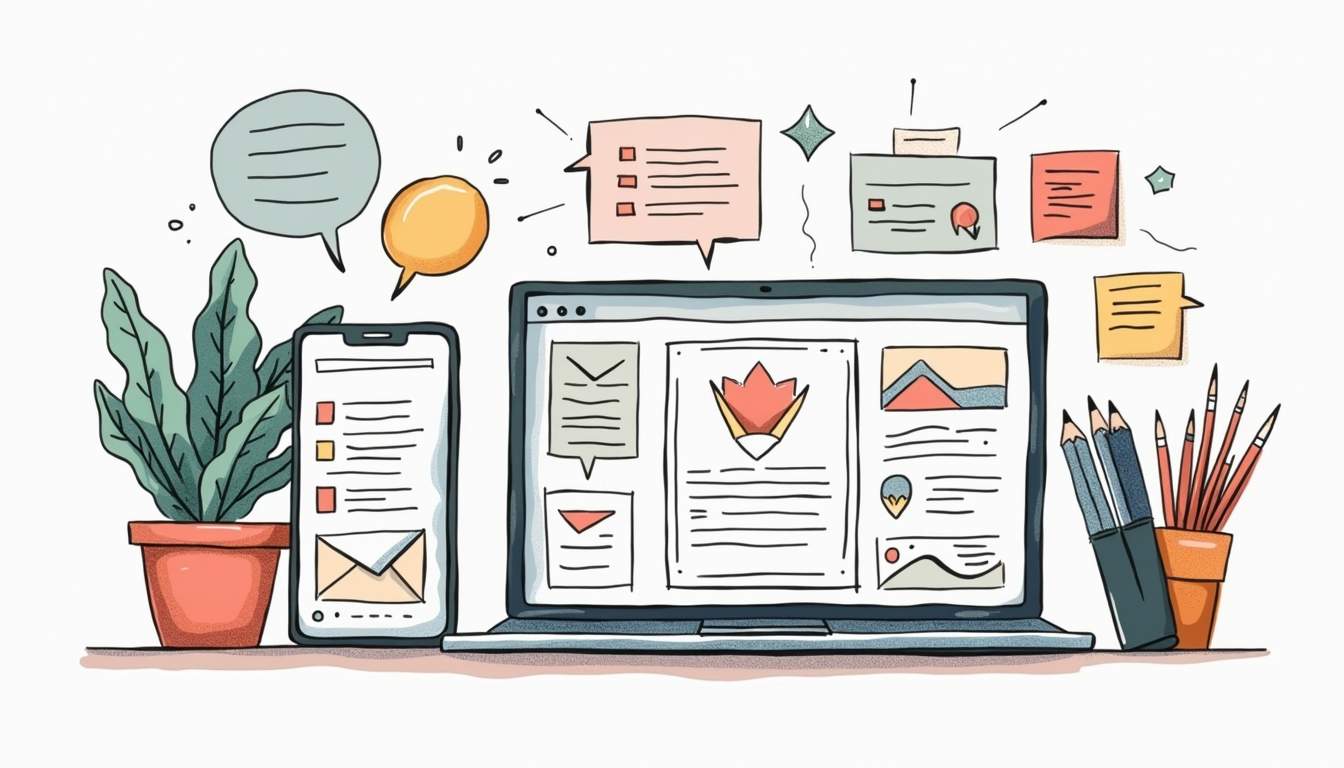
Template Responses for Common Questions
Create a document of template responses for the questions you get asked repeatedly. Questions about parking, dress code, or timeline details can be answered with personalized templates rather than crafting each response from scratch. This approach lets you batch-process guest inquiries during your designated communication blocks.
- Develop 10-15 templates for your most common inquiries
- Personalize the first line to acknowledge the specific guest
- Save these in an easily accessible document or note-taking app
- Use Focus Keeper to time-block 30 minutes for guest communication
FAQ Documents for Proactive Communication
For each event, create comprehensive FAQ documents that you can share with guests and vendors. Anticipating questions before they’re asked reduces the volume of one-off communications that fragment your attention throughout the day.
During your Focus Keeper sessions dedicated to event preparation, take time to brainstorm potential questions and add them to your FAQ document. This proactive approach pays dividends in reduced interruptions later.
Recovery Strategies for When Focus Fails
Even with the best systems, there will be days when maintaining focus feels impossible. Having recovery strategies is just as important as having preventative measures.

The Two-Minute Reset
When you notice your focus slipping, try the two-minute reset technique. Set your Focus Keeper for just two minutes, close your eyes, and take several deep breaths. This micro-break can help clear mental fog without derailing your entire schedule. The beauty of this technique is that it’s short enough to use multiple times throughout your day whenever you feel your concentration waning.
Remember, maintaining focus isn’t about perfect concentration 100% of the time—it’s about recognizing when you’re off track and having tools to bring yourself back. With these strategies and the help of tools like Focus Keeper, you can coordinate vendors and guests with confidence, clarity, and a whole lot less stress. Your events—and your sanity—will thank you!

